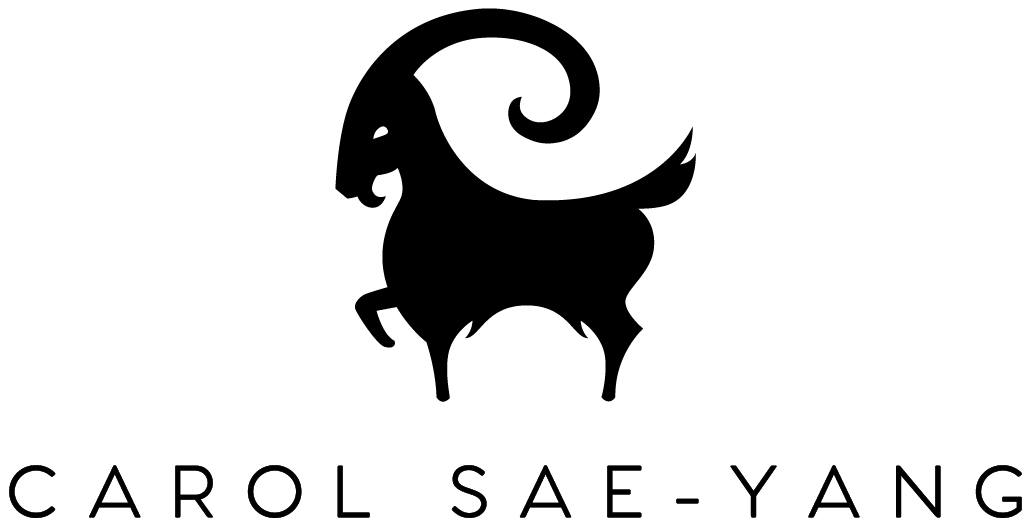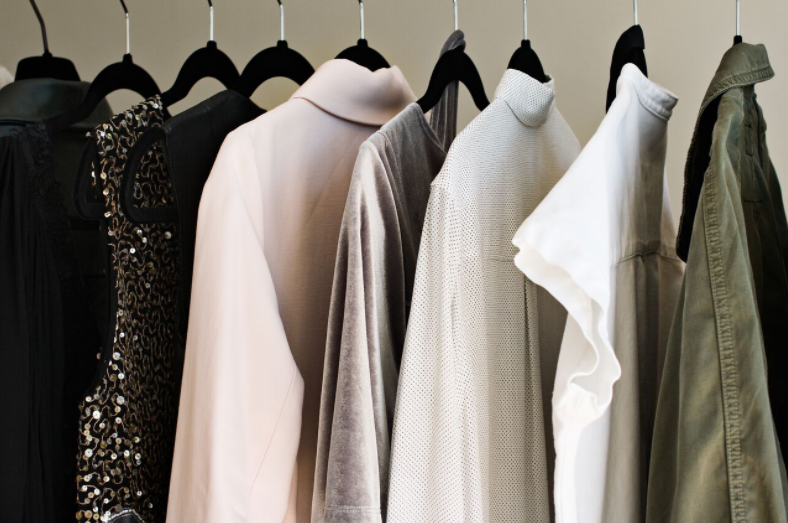BEGINNER’S LUXE
CONVERT YOUR CLOSET LIKE A PRO
Even for those whose domestic OCD spikes the Richter scale, the fact is that we all need to reboot our drawers and wardrobes regularly (ideally at the start of Spring and Autumn). Now’s the perfect time to remove and relocate heavier items to promote your warmer weather pieces to centre stage.
Here are my 10 Tough Love Commandments to whip your closet into shape:
1 . Purge with purpose
You'll need a bunch of large labelled bags: Keep, Repair, Dry Clean, Consignment, Donate and Trash. Now open that closet with the aim to remove EVERYTHING from it. Start with the obvious winter items you want to keep (coats, thick jackets, wool pants…). I use vacuum-sealed bags from Target or Kmart for these as they take up less space one the air is removed from them and they’re also great for keeping out dust and bugs. Store these bulky items on the top shelves of your closet or even in your attic or garage inside a lidded tub. Pilled jumpers and well worn coats should take a well earned trip to the dry cleaners. Once they’re back home, store them away so they are fresh for next year. If anything needs a zip or hem repair, place them in the Repair bag – you’ll be more inclined to get them sorted if there’s a bulk pile!
What about big investment items you don’t wear but they’re in good condition and you know you could on-sell? Yep, use the Consignment bag for online sales on eBay or your preferred e-outlet. For anything that looks a little tired or slightly out of date, keep for the Donate bag. I always have two: one for a charity I work with called Dress for Success, a registered operation that improves the employability of Australian women by providing free of charge, professional clothing. You can find your local affiliate on their website. The other bag heads straight to the Salvo or Vinnies donation bins, or if it’s really worn it will go to the donation bins usually located in supermarket carparks.
My rule: if not worn over the last 18 months, then it’s time to go (unless you have daughters who
may treasure a special piece in years to come like a beaded top).
2 . Hang like a pro
Remove ALL wire and plastic hangers and bin immediately! My go-to hangers are from The Reject Shop. I use non-slip velvet hangers with bars to hang pants. They’re thin and don’t take up as much space and their velvet surface makes it harder for clothes to slip off them. Best of all, they’re all black and look uniform along the wardrobe. It seems obvious, but have them all facing the same direction (with the open part of the hook towards the rear of the cupboard for an easy grab). Another go-to is The Hangbag Hanger which I place at one end of my closet. It’s the ideal solution to freeing up closet space whilst looking after your precious carry-all purchases. Like a coat hanger, it simply slips into your wardrobe and its tiered arms allow for all styles to suspend from them. Say good-bye to flat leather and crushed canvas!
3 . Divide and conquer
The key to a functional closet is keeping the clothes organised in groups. First, separate items by type (skirts, skirts, jeans, pants, tees etc.) on your bedroom floor and bed. Jeans and all forms of tees should be separated for drawers or shelves together with lightweight jumpers (the rest relegated to hanging space).
4 . Fold with orderly precision
Separate singlet tops, tees and long-sleeved tees into different piles. If you have the room, split these further into colour zones: creams and whites, neutral beige tones, pastels, darker shades, navy and black. Also, fold your jumpers and jeans in the same manner.
5 . Keep your favourites nearby
We all have our favourite tees and pairs of jeans, so always keep them folded on the top of their piles (this way reaching for regulars at the bottom won’t disrupt the neat stack). Ideally place your everyday favourites on one open shelf. On those mornings when you hit snooze one too many times, this shelf will save you.
6 . Colour code with orderly precision
Now that you’ve reduced the quantity of clothes, it’s time to refill your wardrobe. Taking visual merchandising cues from retail settings, organise by style of clothing, left to right, light to dark. Start at the LHS of the rail, hanging small items such as tops (sleeveless or short-sleeved) followed by long-sleeved shirts, skirts (short to long), pants, dresses and light jackets. Again, work each section via colour with patterned items slotting into the relevant pastel or darker hued areas. I like to mix high and low casual and formal separates in via this tonal scheme. This way you get more mileage out of investment pieces by pairing them with less formal items that you may never have considered before.
7 . Cautionary care
Think about what you place next to each other. Sequins can catch, so always fold a sequin or beaded item inside out to protect the clothes on either side of it. As for long dresses, make sure there’s no pile up of shoes directly beneath their hem to avoid crushing. If you’re worried about fine laces pulling on neighbouring items, keep a pile of used dry cleaning bags and place them over them. And always, always take pants (or any items for that matter) off their thin wire dry-cleaning hangers. They get hang crease marks within 24-hours! Lastly, black and navy tones can be confused in a dark closet so keep pants and tops in these shades separated to avoid accidental pairing clashes when you’re out in the sunlight.
8 . Shoe sanity
Push your spring and summer shoes to the front of your wardrobe and if you’re squeezed for space, place boots in plastic bags and inside a lidded clear storage tub (for the attic). To provide more space, place shoes heel to toe beside each other so more pairs are visible in the front row. Party heels go up the back and the frequently worn favourites stay at arms reach.
9 . Hang those belts
Instead of stashing your favourite belts in a drawer, create a row of hooks to hang them on so they’re visible. Ideally, black belts on one and lighter shades together on another. Howards Storage or The Reject Shop will have plenty of options for you. Even a few cooking utensil hooks can do the trick when hung directly from a rail.
10 . Add a mirror
In addition to its obvious function, a mirror will also help make your closet feel bigger. Add a full-length mirror to the back of the door or on the back wall (if you have a larger walk-in closet) so you can see your shoulders down to your shoes. Also place a smaller one at eye level for trying on jewellery and accessories.






